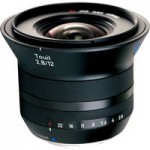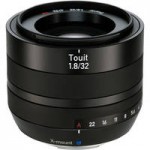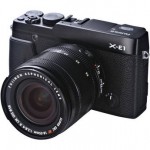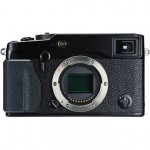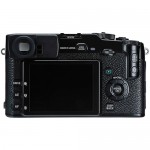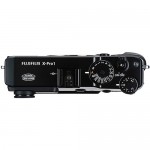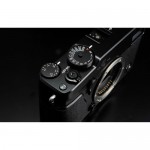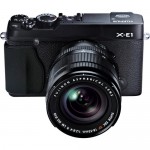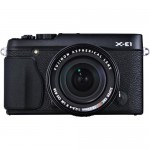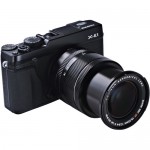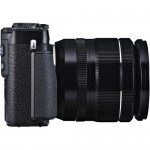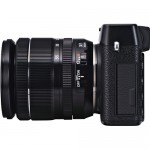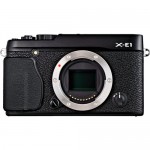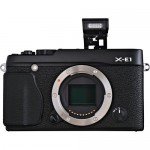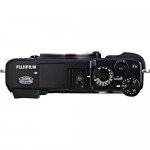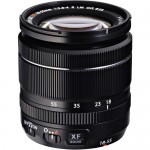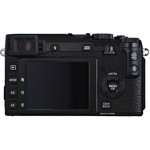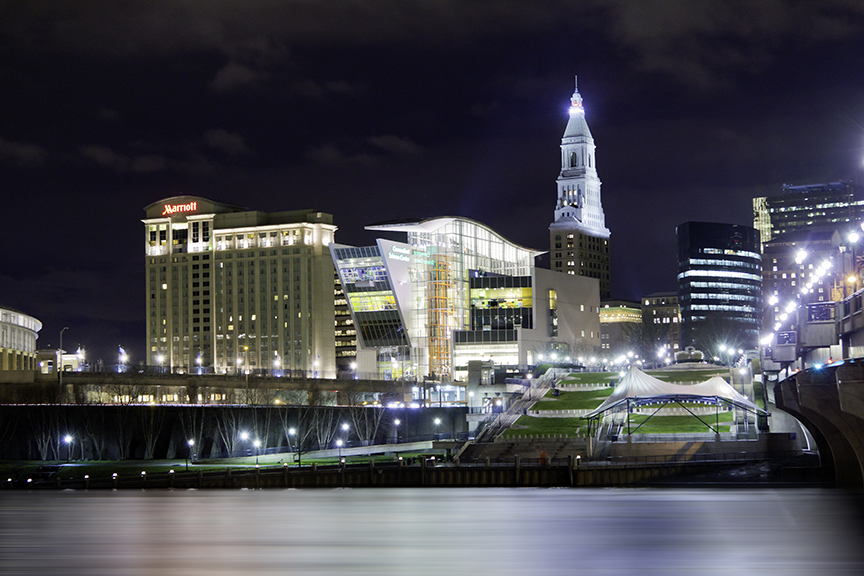-
Recent Posts
Recent Comments
Archives
Categories
Meta
Category Archives: Uncategorized
BorrowLenses.com November Savings
For anyone wondering, I rent my gear from BorrowLenses.com. No other rental company that I know of beats them on pricing. Depending on where you live, shipping can be a little much since they charge you for both ways up front, but unless you live in a major city, you’re going to have to pay for shipping no matter who you rent from.
For the rest of this month you can save 10% by using the following code at checkout: turkeygear13
Plus, if you order now and end your rental on Thanksgiving day, they will give you four days free because they’re not open.
Sigma 24-70mm f/2.8 IF EX DG HSM Autofocus Lens Review
I never did finish my review of the Sigma 35mm f/1.4 DG HSM A1 Lens, but I will say that it was truly an amazing lens. It broke my heart to have to send it back.
This week I’ve rented the Sigma 24-70mm f/2.8 IF EX DG HSM Autofocus lens for my Canon 60D. I know that this lens has been around for a while and there are some very mixed reviews out there. Having just sent back the 35mm, I am more confident in Sigma glass than ever before, and my hopes are high.
My first thoughts after unpacking the lens are that it’s a little on the heavy side, but very solid. I shot some quick portraits with my daughter and I am impressed with the quality of the portraits. Of course the real test will be either this weekend or the following when I take it out on the streets of New York City. My biggest problem with the 35mm on the city streets were that it was very restricting. On my cropped sensor Canon 60D it’s basically a 54mm lens, so it’s not really wide enough to just shoot from the hip and it’s not long enough to shoot from a distance. I became very used to shooting with the Canon 24-105mm f/4L which I rented for almost a year before I realized that I had paid for the lens twice over and still didn’t own it. Now, I know that the 35mm is a very fast lens, but I hardly ever used it wide open. I usually like to shoot around f/8 or f/11 unless I’m in the subways when I may open it up to f/5.6 or faster.
So, all of this boils down to will this Sigma 24-70mm f/2.8 IF EX DG HSM Autofocus offer me the best of both worlds. With a maximum aperture of f/2.8, it’s a faster lens than the Canon 24-105mm f/4L, and it should offer the flexibility I like when out shooting.
So far though, I must say that focusing in low light (interior tungsten) is a major problem for this lens. It’s slow. Really slow. Mind you my living room in the evening is not lit very well, but you’re literally holding your breath while you wait for it to focus and hope your subject hasn’t moved. In the case of my five-year-old, that was more difficult than you might imagine.
More details to come as the next two weeks roll on. I rented this one for a little longer since I have a portrait shoot on Saturday. For now, this will have to suffice:
Update:
It’s only been a few days with this lens and I have to say that I’m a bit disappointed with it. There is some serious purple fringing on high-contrast edges when viewed at 100%, and the focus itself is just soft at all apertures. It’s still not a bad lens, but I won’t be adding it permanently to my camera bag. Actually, if I didn’t need it for Saturday, I’d probably send it back early and try something else.
Sigma 24-70mm f/2.8 @70mm, f/11, 1/160s
Fujifilm Mirrorless Cameras
I started saving money for a new lens earlier this summer. Then I started reading all the good reviews of the new Fuji mirrorless cameras and I really want one. So now I’m planning on selling my DSLR and going mirrorless. I figure I should do that before I start spending money on new glass, plus those Zeiss lenses look really nice.
My only problem at this point is choosing which one to get. The Fuji X-Pro 1 seems great, but is it really worth the extra money? I mean the X-E1 is basically the same camera with a different viewfinder, and the X-M1 is basically the same camera without a viewfinder. I really like the flip screen on the X-M1 for street photography, but I feel like I would miss the viewfinder for everything else.
They say Fuji is a company that listens to what their customers say, so here’s my plea:
Dear Fuji,
Could you please, please, please make a mirrorless camera with a flip screen and a viewfinder. That would be awesome! And, on the off chance that you ever actually read this, could it possibly have a full-frame sensor? That would be even more awesome! So awesome in fact that I would even consider renaming my first child in your honor, especially if you sent me one so that I could review it for my loyal followers.
Speaking of which,
Dear loyal followers,
While I love all five of you greatly, could you please stop posting random nonsense on my blog. I’m sure your online casinos are great and all, but this just isn’t the forum for that type of thing.
Best Regards,
Jorge Jimenez
What I learned In One Year Of Art School
Have you ever walked through a gallery and looked at something and wondered, “What makes that art?” I have. The answer; concept.
Concept is important. Some may argue that it’s more important even than the final product, which is why you can often find lengthy discourses written by art grad students explaining their work, how it came about, and what it means. Listening to it is enough to make most people, myself especially, want to leap from tall buildings. Mostly I disagree. Much like writing on your work, I feel that as a visual artist if you have to explain what your work means you’ve basically failed.
That’s not to say that concept is not important. Concept is very important, especially for photographers in this digital age. Anyone with an iPhone is a photographer in much the same way that anyone with a hammer is a carpenter. Not having a concept is akin to not having blueprints.
That’s also not to say that your concept needs to be blatantly obvious. In fact, I find that the more elusive a concept is, the more I generally enjoy a piece.
The Case For Not Writing On Your Photos
I’ve seen recently some very good photos where the artist has taken the liberty to write on them either in the borders or in the frames themselves. I don’t personally like it, and I’d like to take a minute to explain why I don’t.
Several years ago I had the opportunity to take a creative writing class. I learned a lot from that class, but the most important thing I took away was: when you’re narrating a story you don’t want to tell people what’s going on, you want to show them. So, if you’re writing a story about a girl who’s depressed, you don’t want to say, “She was feeling depressed.” Instead you want to say, “She was curled up alone in the corner of her cold dark room, crying uncontrollably.” This allows the reader to picture it in their mind and discover for themselves that the character is feeling depressed.
I feel that the same holds true for any creative art, including photography. When you write on your photos, you’re consciously trying control or direct the viewer to look at and interpret your artwork exactly the way that you want them to. You’re telling the story and not showing it.
Instead what you should do, if there’s a point you really want to get across, is find a way to incorporate it into your art in subtle ways. If they still don’t get it, then you’re doing something wrong and you should keep trying until you get the reaction you’re looking for. Which is not to say that words should play no part in your work, but that they should not be so overbearing that they detract from the art itself.


